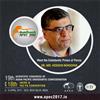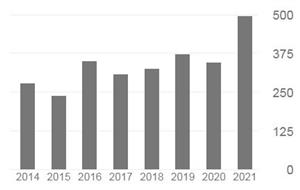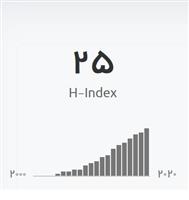Influence of Tooth Length on the Accuracy of the Root ZX Electronic Apical Foramen Locator: An Ex Vivo Study
Abstract
Objective: Electronic apical foramen locators are now widely used to determine working length. This study was designed to determine whether tooth length influenced the accuracy of the Root ZX device.
Materials and methods: Forty extracted maxillary canine teeth with a length range of 27-29 mm were selected. Access cavities were prepared and coronal flaring of canals performed. The teeth were mounted in self-polymerizing acrylic resin to facilitate horizontal sectioning except for the apical 3-4-mm portion of the root and embedded in alginate as the electronic medium. Electronic measurements were taken at the major foramen, 'zero' reading using the Root ZX and compared with the actual root canal length. The teeth were sectioned 3 mm from the coronal reference point to create a second group with shorter length; these reductions in the length continued six times in all to create seven groups of 40 specimens each. The actual and electronic lengths of specimens in each group were measured. Data were analyzed by Pearson's correlation coefficient.
Results: Identical measurements between the actual and electronic root canal length from the longest to the shortest groups were 12.5%, 10.0%, 20.0%, 27.5%, 37.5%, 35.0% and 45.0%, respectively. There was a mild negative correlation between the precise measurements of the Root ZX and root canal lengths in the seven groups (r = -0.964, p < 0.001).
Conclusion: Under the conditions of the study, the Root ZX device was more accurate in shorter teeth compared to longer ones.
Keywords: Apical foramen; Root ZX; electronic apex locators; tooth length; working length.














